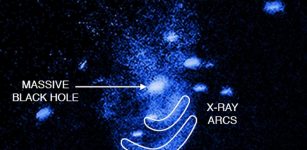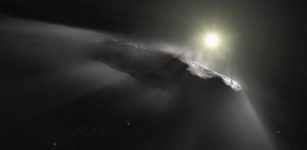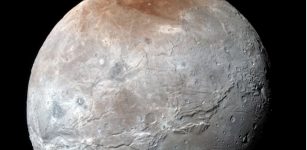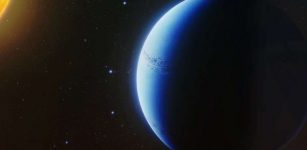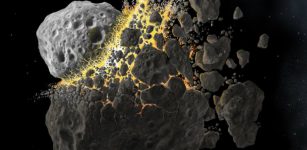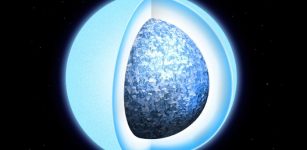Intriguing Red Giant Star CW Leo: Its Unexpected Change In Appearance Baffles Astronomers
MessageToEagle.com – There is an intriguing red giant star, known as (also known as IRC+10216), located 400 light years away in the constellation Leo (“the Lion”). The star has changed its appearance completely, in just a couple of years.
CW Leo is nearing the end of its red giant stage and starting to throw out large amounts of matter.
- Stars like our Sun become red giants near the end of their lives, after most of their available hydrogen fuel has been consumed.
- These huge objects – tens of times the size of our star – will eventually eject most of their atmosphere into space and create a planetary nebula leaving behind a hot core that cools down over billions of years.
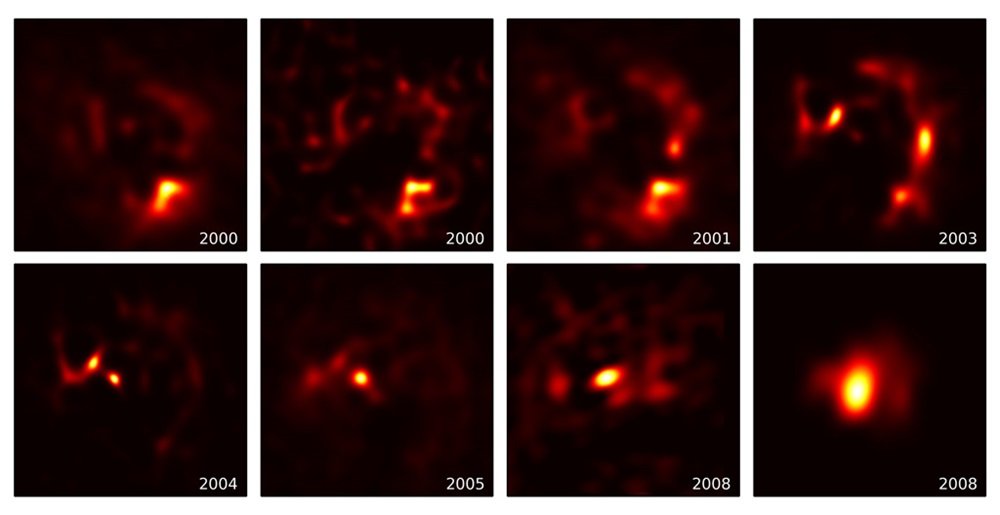
Paul Stewart
“Although it is invisible to our eyes, to astronomers CW Leo is one of the most famous stars in the sky.” explains Paul Stewart of the University of Sydney, who led a team of astronomers.
“If we could see infrared light, it would be by far the brightest star in the sky.
“However the real excitement here is the extreme physics – it is a swollen luminous giant poised at the most self-destructive phase of its existence. It is literally tearing itself apart under its own glare, hurling dense clouds of dust and gas out into the galaxy; dying amidst its own glorious final fireworks display.”
The team used images from the Keck and VLT telescopes, and the Cassini space probe, to study CW Leo over more than a decade.
The new images catch something more dramatic – in the last couple of years, it completely shed its familiar identity and adopted an entirely new visage. Such behavior is a serious problem for the astronomers who have spent the decades studying this unique system.
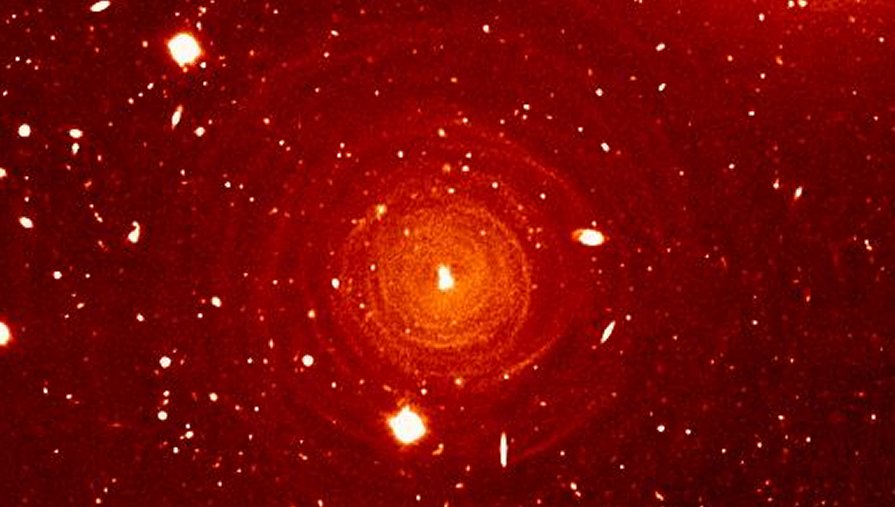
“This is one of those humble moments when nature reminds us all who is boss,” said Prof Peter Tuthill, co-author on the work.
“For the last 20 years many astronomers – and I count as one – have tried to put a skeleton underneath the clumpy images we see. I have seen complex models mathematically carving the nebula around the star up into cavities, plumes, and disks and halos. However, all along the star had decidedly other ideas.”
“The big problem with all the models is the scaffolding that they tried to impose onto the system” explains Stewart.
“When all the structures, we thought we knew can completely melt away to be quickly replaced by new ones, then, what are we left with?”
“It is pretty clear that the new images tell us is that CW Leo has just been ejecting clumps and plumes of hot dust at random all this time.” agrees Tuthill, saying that it is like a celestial version of the famous Rorschach Ink Blot Test in psychology.
“In trying to find underlying structure to the clumps and blobs, we have seen little more than our own preconceptions reflected back at us. Seeing rabbits or elephants in the clouds is okay for my 4-year old boy, but it seems that this time a dusty star in Leo has caught all the astronomers out daydreaming at their work.”
Research is published in Monthly Notices of the Royal Astronomical Society.
MessageToEagle.com
source:

